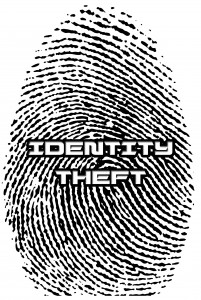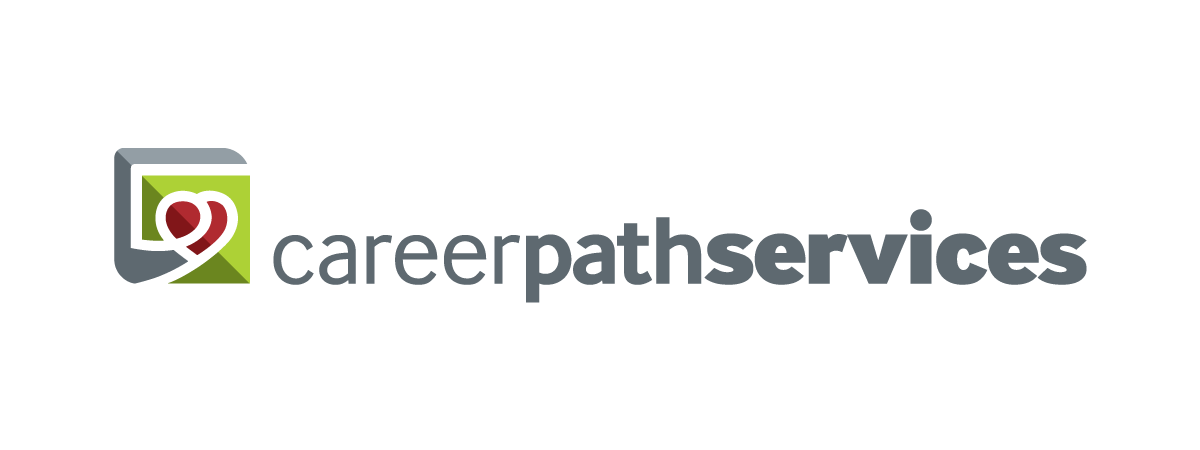Tech Tips: Who Has Your Information?
 If you’ve watched the news at all within the last year, you’ve undoubtedly heard stories about large companies having customer data stolen from their servers. Sony, Barnes and Noble, Citigroup, and most recently, Adobe, are a just a few of the companies that have had their servers breached, resulting in the loss of millions of records worth of personal information. This information includes everything from online shopping habits to personal information including credit card numbers and address information. If you are a customer of any one of these companies, or the many other companies hackers have stolen data from, you’ll need to be extra vigilant in maintaining your financial records and accountability. While it seems to be easier for identity thieves to get a hold of your information today, the after effects of clearing your name when your information is misused is not an easy process to go through.
If you’ve watched the news at all within the last year, you’ve undoubtedly heard stories about large companies having customer data stolen from their servers. Sony, Barnes and Noble, Citigroup, and most recently, Adobe, are a just a few of the companies that have had their servers breached, resulting in the loss of millions of records worth of personal information. This information includes everything from online shopping habits to personal information including credit card numbers and address information. If you are a customer of any one of these companies, or the many other companies hackers have stolen data from, you’ll need to be extra vigilant in maintaining your financial records and accountability. While it seems to be easier for identity thieves to get a hold of your information today, the after effects of clearing your name when your information is misused is not an easy process to go through.
What, then, do you do to stop these thieves in their tracks? The truth is that you can’t, unless you abstain from all forms of online interaction, which in today’s world is becoming more and more difficult. What you can do is make yourself a hardened target that is far less appealing to online attackers than someone who doesn’t secure their personal data at all. This month we’ll share a few simple ideas and steps you can take to make sure your personal data stays yours, and doesn’t end up ruining life when you misused maliciously:
(1) Devote one credit card for all online purchases. In the event someone gains access to your credit card data, you will have minimized the damage to one account, which can be more easily resolved with your credit card company.
(2) Ensure any personal data is being encrypted when you transmit it across the web. Any time you fill out personal information such as your address, your name, your email, purchasing information (credit card numbers, billing address, etc), check to see if the address in your browser starts with “https:”. You should also see something like a solid lock icon near the web address like so:
If you don’t see the “https:”, or the lock icon appears broken or unlocked, think twice before you submit your personal information to that site, as it may be sent unencrypted, making it far easier for attackers to capture your data.
(3) Do not use a universal password for all of your online accounts. While you might feel like you have a gazillion passwords these days, using one password for multiple accounts leaves huge potential for a hacker to obtain access to all of your online accounts in one fell swoop. Even worse, if you store your passwords in your web browser (you shouldn’t, ever), someone who gains access to your browsing history will immediately have access to all of your online account information.
(4) Only do business with reputable companies. Larger companies like USAA, Ebay, Amazon, and well-known brick and mortar stores with an online presence (Target, Macy’s, etc) are good choices for conducting online business. They have well established policies and procedures in place for handling your personal information and an IT staff to enforce those policies. With smaller online companies, it can bet tougher to determine their credibility, but having a robust privacy policy, legitimate contact information (go ahead, call them!), and genuine third party and customer reviews can go a long towards establishing a positive online reputation.
While there are hundreds of tips and tricks you can use to avoid the life-changing events that can occur with identity theft, following a few useful tips will make stealing your information far less appealing to would-be hackers. You can also read more with this fantastic Consumer Action Handbook put out by USA.gov. It deals with all types of consumer transactions, not just those that are conducted online.

Comments are closed.